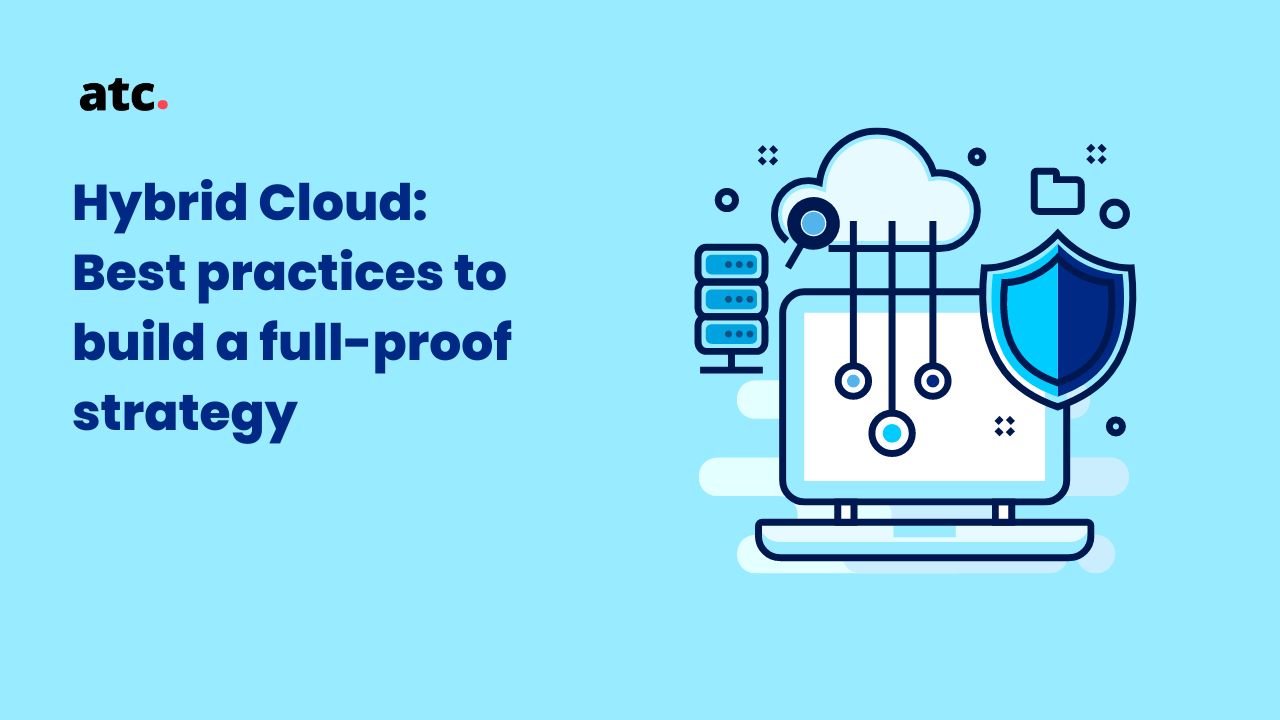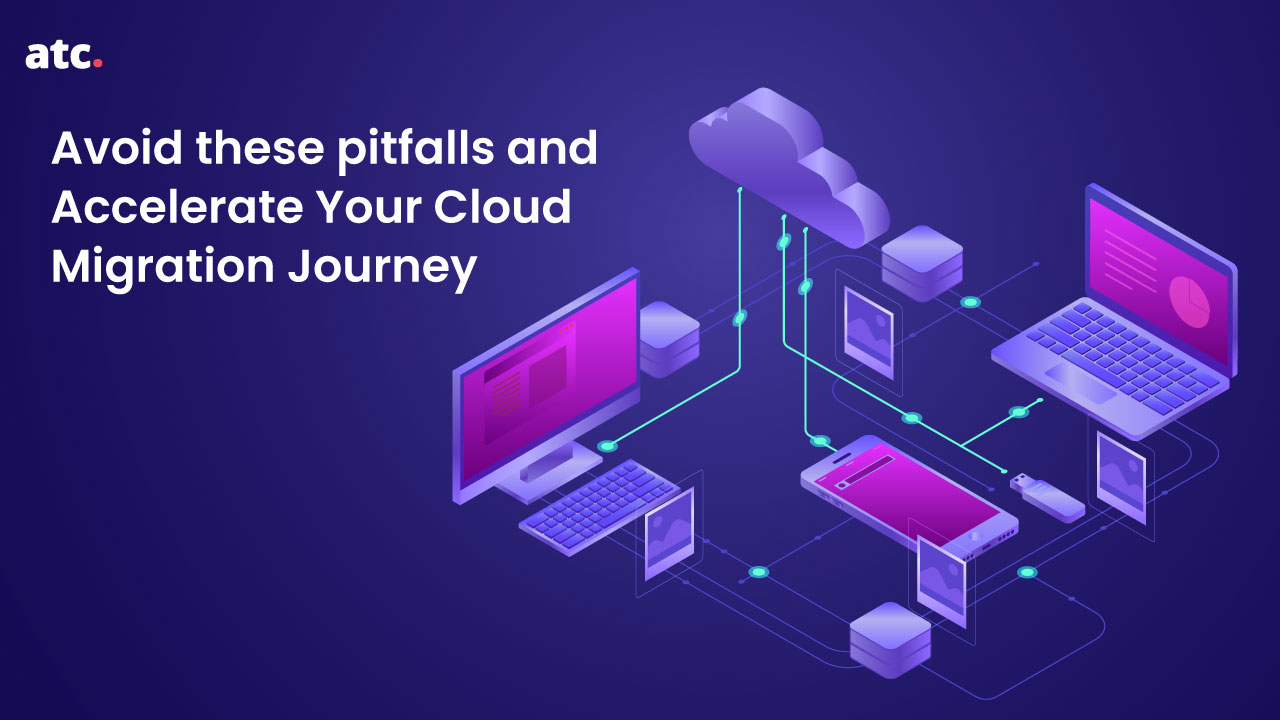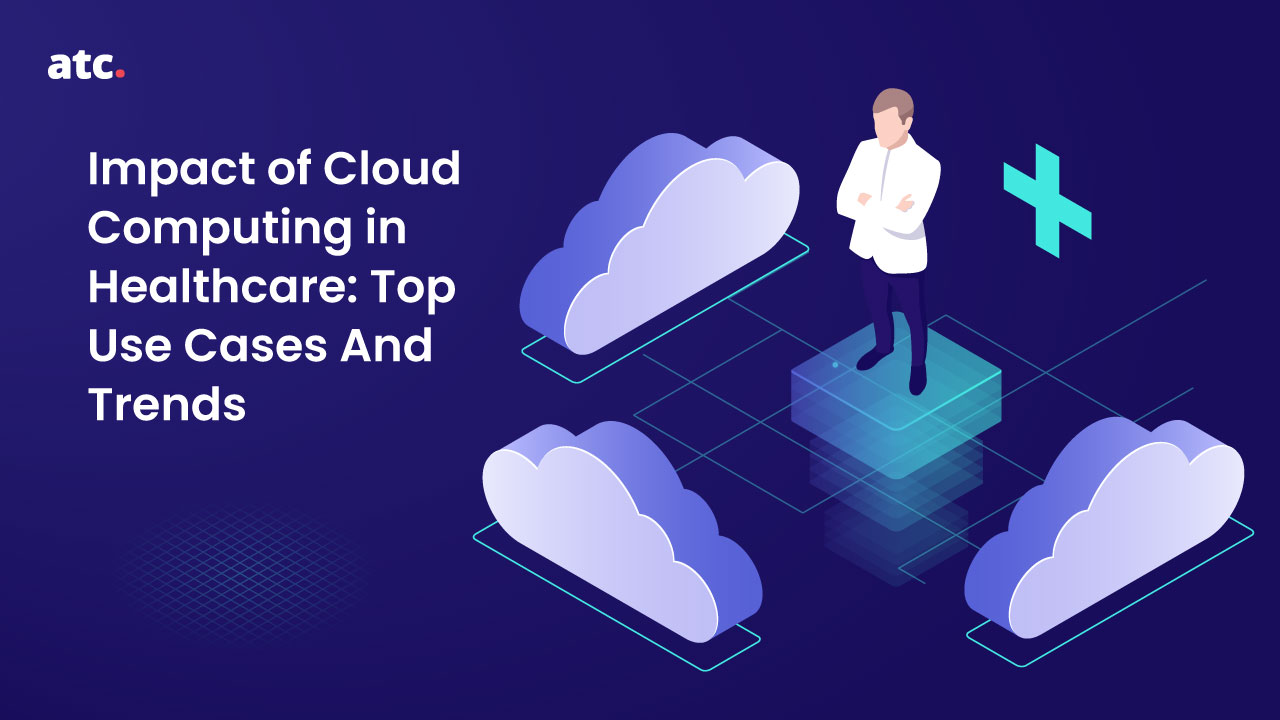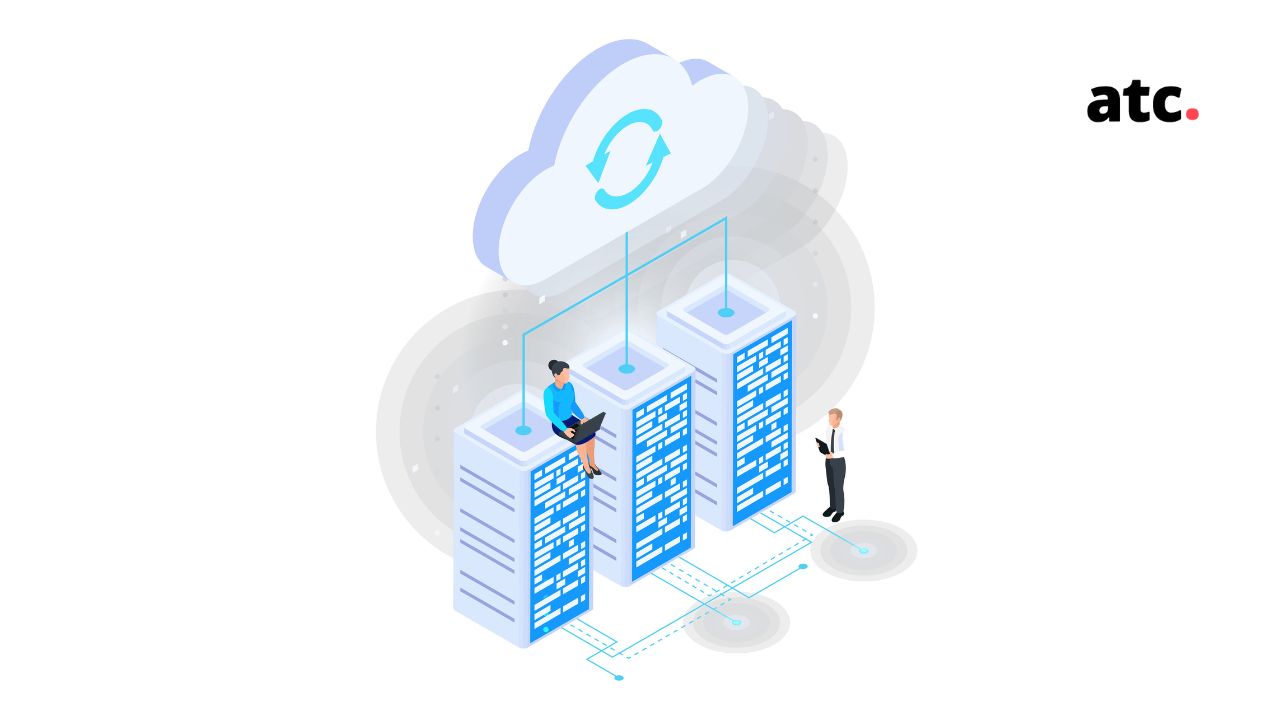Subscribe to the blog
The introduction of the Hybrid Cloud in 2011 revolutionized global businesses that solely depended on the public cloud. Today, almost 96% of enterprises are actively pursuing a hybrid cloud strategy, and with Generative AI, things have become more interesting.
In this article, we will explore the concept of a hybrid cloud strategy, distinguish it from a multi-cloud approach, and delve into the potential of combining Generative AI to enhance future business outcomes.
What are hybrid cloud solutions?
Hybrid cloud solutions offer a mixed computing environment where you can combine computing, storage, and services of different cloud models - public, private, and on-premise infrastructure. This allows organizations to build hybrid workflows spanning multiple environments.
Here are the top reasons why you consider switching to hybrid clouds:
- Future-proof: Hybrid cloud provides future-proofing capabilities by allowing organizations to adapt to evolving technologies while preserving the existing infrastructure. The flexibility helps you stay competitive and responsive to technological advancements.
- IT modernization: Hybrid cloud provides a pathway for gradual modernization, allowing you to integrate existing legacy systems with cloud services and gradually transition to a more agile and scalable architecture.
- Cost optimization: Instead of investing in additional infrastructure for occasional spikes in workload demand, organizations can leverage the scalability and pay-as-you-go model of public cloud services, reducing capital expenditure.
- Application portability: By migrating workloads to hybrid clouds, applications can be developed and tested in the public cloud and then seamlessly deployed in the private cloud or vice versa. This enables you to choose the most appropriate environment for each application and enhance quality and security.
What are the differences between hybrid and multi-cloud strategies?
Although most people use hybrid and multi-cloud environments interchangeably, their approach and usage differ.
Let’s explore this in more detail:
A hybrid cloud strategy combines public and private cloud environments allowing you to create a versatile setup that you can manage through a unified console.
On the other hand, a multi-cloud approach involves organizations using the services of two or three cloud providers to meet application development and maintenance needs. Instead of a single cloud stack, this strategy allows you to choose the best services from different providers.
Let’s understand the differences between the two cloud strategies with an analogy:
A multi-cloud approach is like booking hotel rooms for different aspects of your vacation. You might book one hotel for its luxurious spa and another for its beachfront view. This approach gives you flexibility, diversity, and the ability to choose the best features from each hotel.
On the other hand, the hybrid cloud strategy is like creating a hotel-villa arrangement. This approach combines the villa's comfort and privacy with the convenience and services of a hotel. In this scenario, you might rent a luxurious villa as your primary accommodation, with spacious rooms, a private pool, and personalized amenities.
However, you can also access the hotel's nearby facilities, such as the gym, spa, and restaurant. Consequently, this arrangement allows you to keep your personal space while benefiting from the hotel's specialized services.
In a nutshell, both cloud strategies offer significant benefits but require careful planning and analysis for a greater ROI.
5 best industry practices to help you build a hybrid cloud strategy
A hybrid cloud strategy is well suited for organizations that want the scalability advantages of the public cloud and enhanced security of the private cloud.
However, setting it up can be a costly endeavor.
This is because you have to consider the cost of licensing, training, infrastructure, data storage, networking, and other resources. The good thing is that with an actionable plan, you can reap the benefits of this strategy by reducing deployment time and reap your investments much faster.
Here are some essential industry practices to consider for your action plan when setting up your hybrid cloud strategy. These practices will help you effectively implement your plan.
- Define drivers, constraints, and goals
Since every organization has unique workloads, you should assess your current infrastructure and establish critical drivers, constraints, and goals.
Here’s what organizations typically consider when defining their cloud requirements, drivers, and constraints:
- Business goals: Which cloud solutions can help us respond to changing market conditions and improve the quality of our services?
- Workload analysis: Determine which workloads are suitable for cloud migration.
- Data management: Analyze how cloud services align with data management requirements and provide visibility across environments.
- Scalability and performance: Determine the performance requirements and evaluate scalability options.
- Risk assessment: Evaluating factors such as vendor lock-in period, security and compliance risks, and legal considerations.
- Decide on a migration approach
Large migrations are complex as it involves many dependencies and large datasets.
Here are some common strategies you can follow for a seamless migration:
- Lift-and-Shift: This involves moving the workload to the cloud with minimal modifications and running it in virtual machines or containers.
- Refactoring: This approach aims to make significant changes to the workload by leveraging cloud-native features.
- Retiring: This involves decommissioning legacy applications and replacing them with cloud-based alternatives or Software-as-a-Service (SaaS) solutions.
- Consider employing containerization
Containerization is crucial in hybrid cloud environments because it allows applications to easily move between private and public clouds, promoting portability.
For instance, Let's assume an organization runs its e-commerce application on a private cloud infrastructure. But they decide to leverage the cost benefits of a public cloud during peak traffic hours. By containerizing their application, they can package the application and its dependencies into a container image. This containerized application can be seamlessly moved to the public cloud during peak periods, ensuring consistent application behavior across both environments.
Utilizing containers allows organizations to achieve continuous application deployment, testing, and delivery practices across hybrid infrastructure.
- Use a multi-tiered approach for security and compliance
To ensure security and compliance in a hybrid cloud environment, a multi-tiered approach is essential. This approach involves implementing various security measures at different layers of the infrastructure, providing comprehensive protection from end to end.
Here are the top areas where you need to apply a multi-tiered approach:
- Infrastructure: Safeguard against sophisticated attacks using robust network security measures like Identity and Access Management (IAM) and firewalls to protect the hybrid cloud's virtual infrastructure.
- Threat detection: Gain knowledge of vulnerabilities and attack methodologies using security monitoring tools and processes.
- Data: Secure the privacy and integrity of your organization’s most trusted assets using data encryption and role-based access control.
- Security intelligence and analytics: Optimize application security with continuous automation and integration.
- Do capacity planning for cost optimization
A recent cloud survey reveals that for 82% of companies managing cloud spend is a huge challenge. And this is partly because of ineffective capacity planning.
Capacity planning in a hybrid cloud setup requires estimating the computing, storage, and network resources needed to handle your organization's workload.
Picture this: A buffet restaurant prepares an array of dishes and keeps them available throughout the day. However, the restaurant fails to predict customer demand and overstock food items. As a result, they face increased operational costs, including energy consumption, labor, and storage facilities. The restaurant could have optimized its capacity planning by accurately estimating customer demand through historical data and analyzing bookings.
Now, let’s put things in perspective: if a company doesn't properly assess the cost structures and pricing models of different cloud providers, they may end up allocating workloads to providers with higher costs when more cost-effective options are available.
This is why you should effectively plan the capacity of high-demand workloads and ensure that you have the right resources in place to meet demands.
The Role of Generative AI in hybrid cloud
IBM’s recent annual ‘Think’ conference showcased how organizations can leverage Generative AI capabilities and combine them with hybrid cloud to unlock significant business value.
Here are some critical insights from the conference about how Generative AI and the hybrid cloud can be transformative for global businesses:
- Generative AI can improve productivity and code development by 40-80%.
- Companies can use AI chatbots to handle customer queries, ensuring 24/7 availability and scalability. These AI models can solve almost 90% of all customer queries.
- Generative AI can help businesses generate text, images, code, and video content to build powerful conversational experiences.
Generative AI in the cloud is becoming more prevalent, driving innovation and productivity. This trend is only the start of a bigger transformation. When designing your cloud roadmap, it's essential to consider technological integrations such as AI and APIs and ensure they align with your organization's requirements.
Build a cloud strategy that gives you leverage
In this era of rapid digital transformation, it is crucial to prioritize your organizational requirements when embracing cloud transformation. Avoid the temptation to opt for conventional cloud platforms, as this can lead to costly mistakes and fail to meet your specific development needs.
Having a clear vision is crucial, regardless of whether your goal is to modernize your application or reduce costs. If you require assistance in developing a reliable hybrid cloud strategy, our team of cloud experts will assess your requirements, budget, and expectations. They will then design a roadmap that promotes innovation and accelerates your progress.
If you would like to dive more into cloud adoption and plan a strategy, here is a free whitepaper with in-depth insights.




